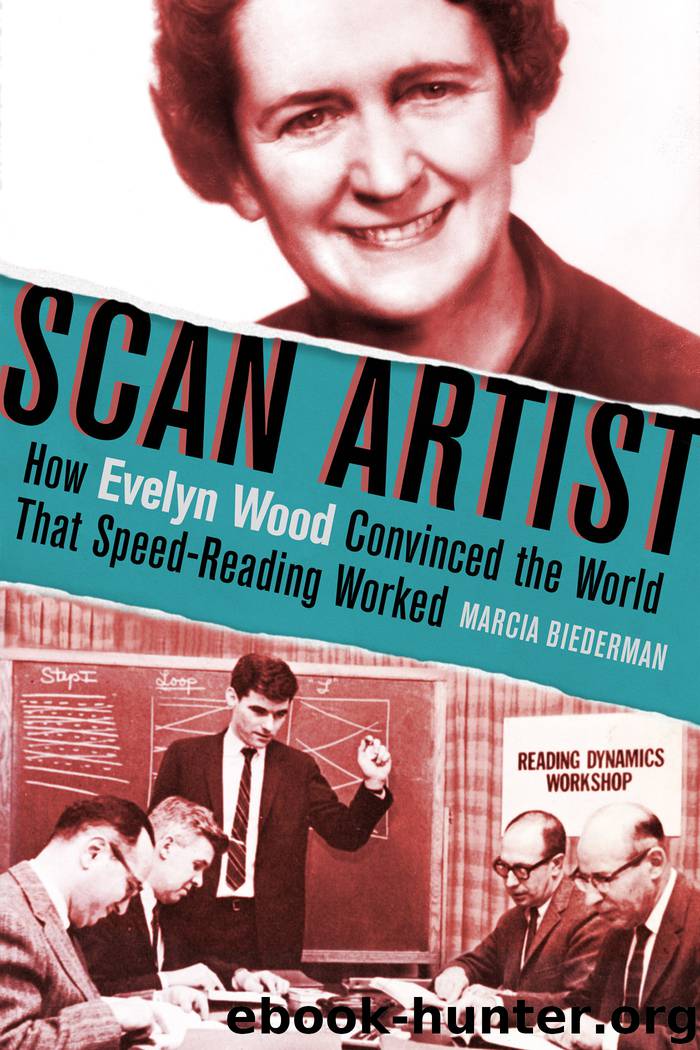Scan Artist by Marcia Biederman

Author:Marcia Biederman
Language: eng
Format: epub
Publisher: Chicago Review Press
Published: 2019-06-13T11:46:01+00:00
9
Times Are A-Changin’
IT HAPPENED DURING THE SUMMER of Love and, in a way, was part of it. Thousands of young people had converged in San Francisco in 1967, eager to explore new thinking about art, sexuality, politics, and spirituality. Ira West, a twenty-one-year-old from Tucson, was there for another reason. He had a summer internship at the San Francisco bureau of the Wall Street Journal.
Clean shaven and short haired, West dressed for work in a jacket and tie. In his neighborhood, that was a curious getup. He lived in the city’s Haight-Ashbury district, the epicenter of hippie culture, where flowing tresses, bell-bottomed jeans, and ethnic jewelry were the gender-free norm.
In high school, West had been an ardent follower of Barry Goldwater, carrying around the Arizona senator’s memoir The Conscience of a Conservative as if it were the Bible. He’d also tried his own hand at right-wing commentary, writing antisocialist editorials for his prize-winning high school newspaper. “I loved pontificating,” said West.1 A conservative Tucson radio station regularly read his work on air. He’d also worked for three summers on an Arizona daily newspaper.
West had changed since his Goldwater days. He’d finished three years at Occidental College in Los Angeles, and in college “you get radicalized,” said West. By the time he arrived in San Francisco in his 1959 Chevy, he “was quite liberal.” When the Journal told its interns that they could pitch ideas for features, he started looking for stories.
An editor shot down West’s idea to profile a charismatic figure, Ashleigh Brilliant, whose open-air lectures in Golden Gate Park attracted crowds. (The self-styled guru was eventually profiled in the Journal, a quarter-century later.) West’s other idea was a feature about the Evelyn Wood speed-reading method because, he recalled, “the ads were really pervasive. I was fascinated, and I thought, this was horseshit. How could anyone read 40,000 wpm?”
His editor was immediately enthusiastic. West spent about a month researching the article, which including taking an Evelyn Wood course in Berkeley, where he disclosed that he was a reporter on assignment. He was offered free classes, but the Journal insisted on paying the full fee.
“I did try to have an open mind about it, like, ‘Well, I can’t imagine this will work but I’ll see if it does,’” said West, but “I got basically zero out of it.” He summed up the method as essentially just “telling you to tell yourself to read faster.”
Told that Evelyn was now just the company’s public face, West quoted only Webster. He recalled interviewing an official—probably Howard Ruff—at the branch where he took the course. He added that the piece went through heavy editing and rewriting before running in the paper’s most widely read spot: column 7 of the Journal’s front page.
When the story ran on September 27, 1967, the headline and subheading said it in a nutshell: “Evelyn Wood Schools’ Speed-Reading Claims Spark a Controversy. Enrollment Soars, but Some Students, Outside Experts Say Comprehension Suffers.” The article lent a powerful megaphone to Evelyn’s university-based nemeses.
Download
This site does not store any files on its server. We only index and link to content provided by other sites. Please contact the content providers to delete copyright contents if any and email us, we'll remove relevant links or contents immediately.
Hit Refresh by Satya Nadella(9083)
When Breath Becomes Air by Paul Kalanithi(8365)
The Girl Without a Voice by Casey Watson(7843)
A Court of Wings and Ruin by Sarah J. Maas(7728)
Do No Harm Stories of Life, Death and Brain Surgery by Henry Marsh(6905)
Shoe Dog by Phil Knight(5216)
The Rules Do Not Apply by Ariel Levy(4910)
A Higher Loyalty: Truth, Lies, and Leadership by James Comey(4905)
Hunger by Roxane Gay(4893)
Tuesdays with Morrie by Mitch Albom(4729)
Everything Happens for a Reason by Kate Bowler(4701)
The Immortal Life of Henrietta Lacks by Rebecca Skloot(4548)
Millionaire: The Philanderer, Gambler, and Duelist Who Invented Modern Finance by Janet Gleeson(4420)
How to Change Your Mind by Michael Pollan(4315)
All Creatures Great and Small by James Herriot(4269)
The Money Culture by Michael Lewis(4132)
Man and His Symbols by Carl Gustav Jung(4094)
Elon Musk by Ashlee Vance(4084)
Tokyo Vice: An American Reporter on the Police Beat in Japan by Jake Adelstein(3950)
